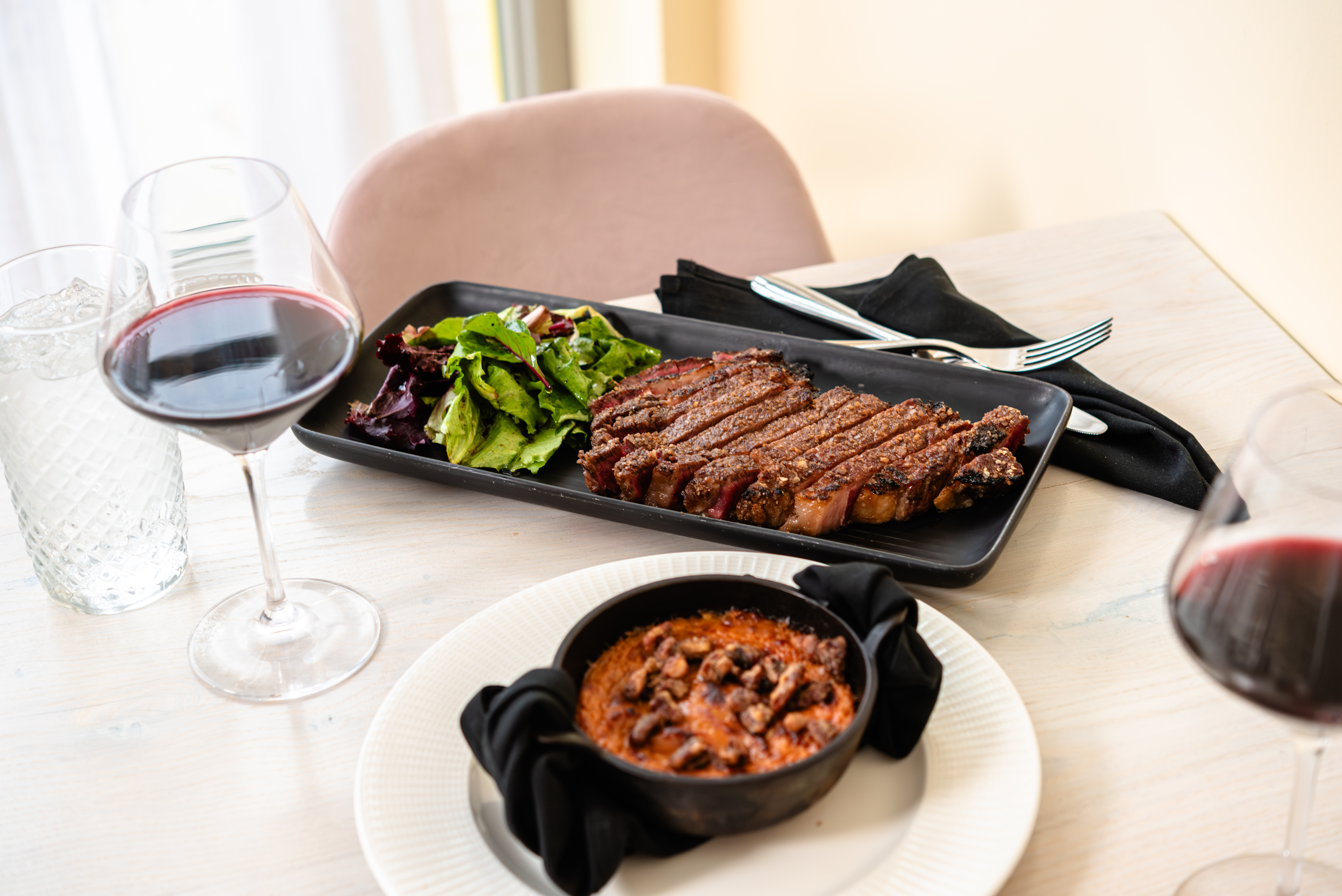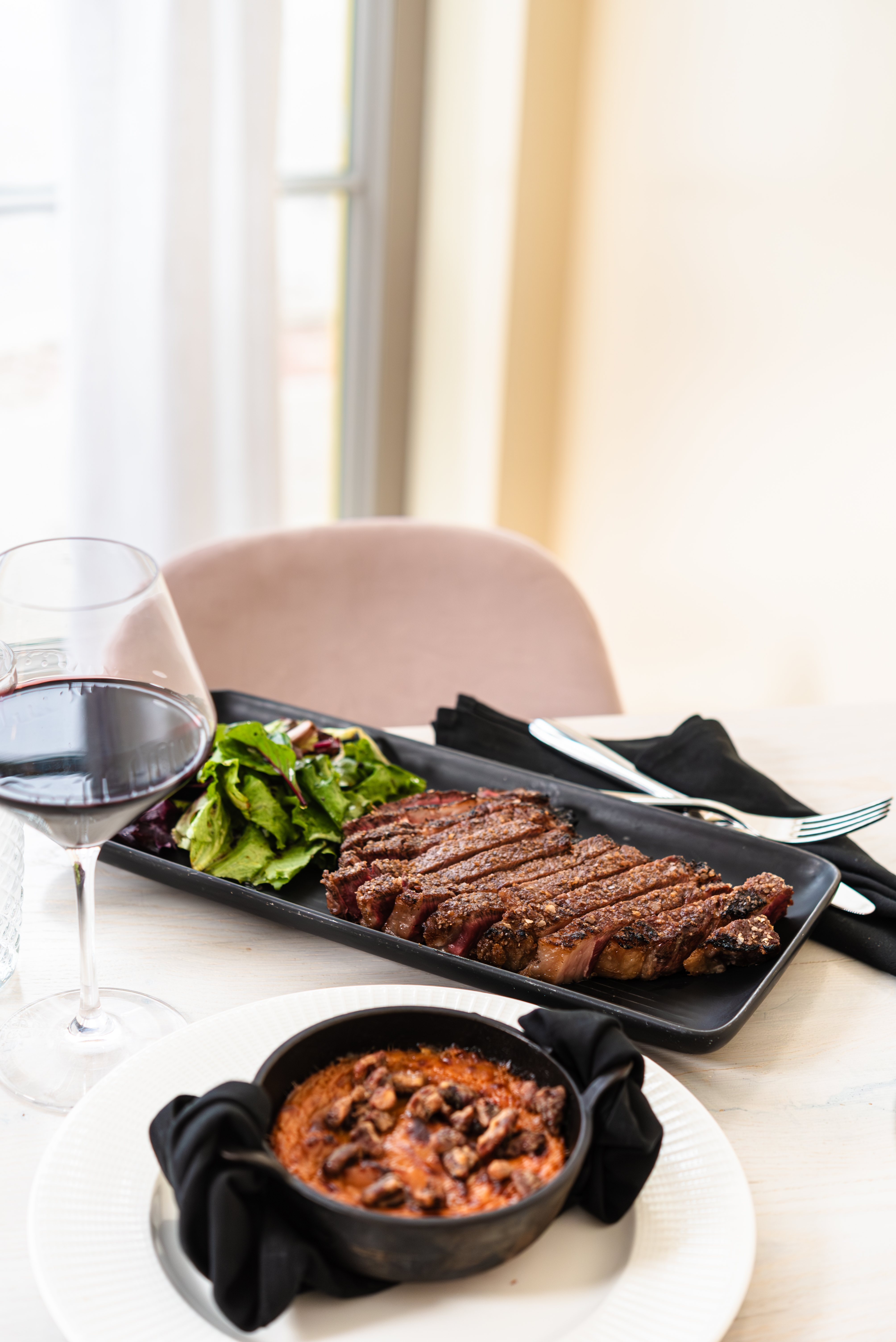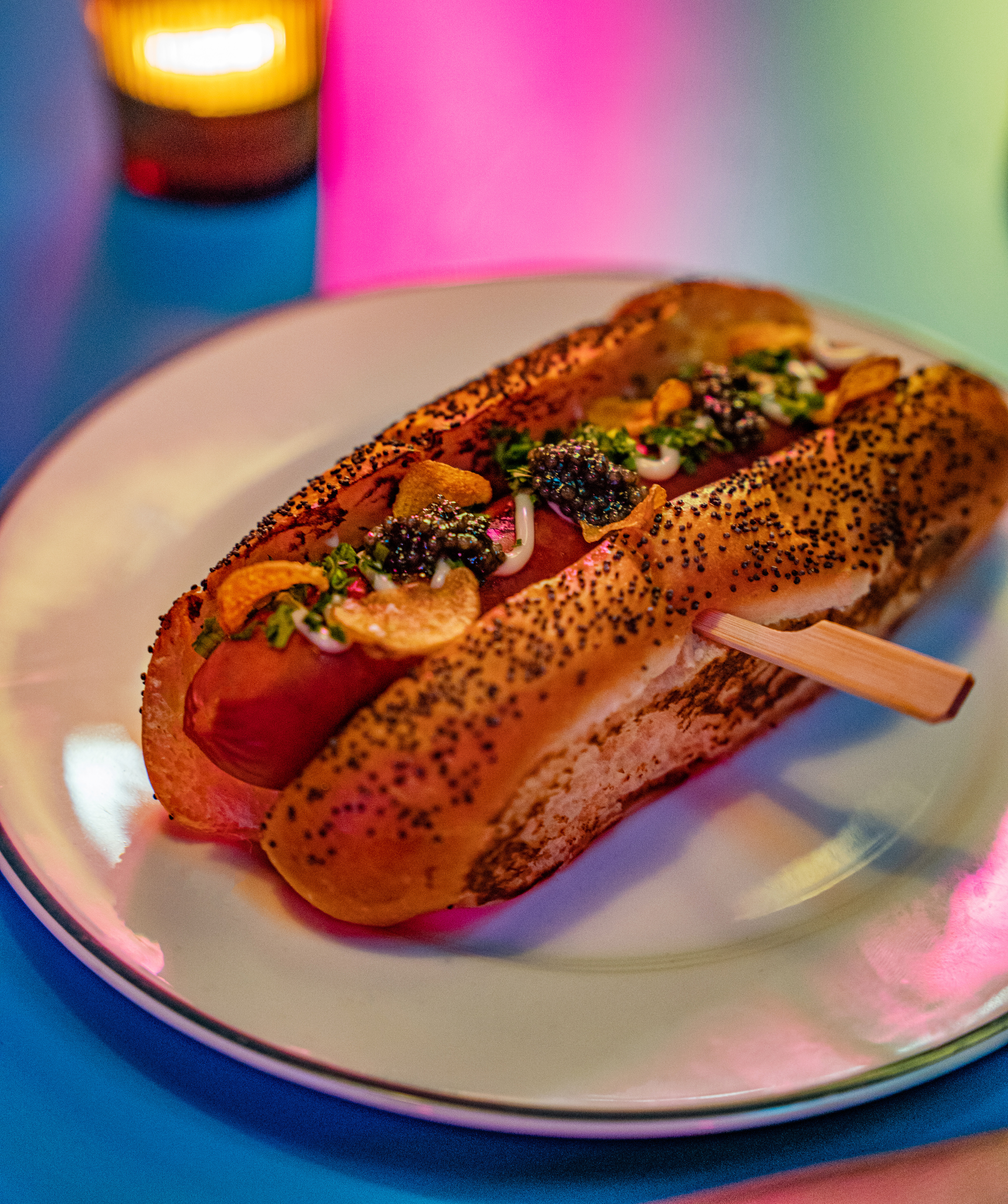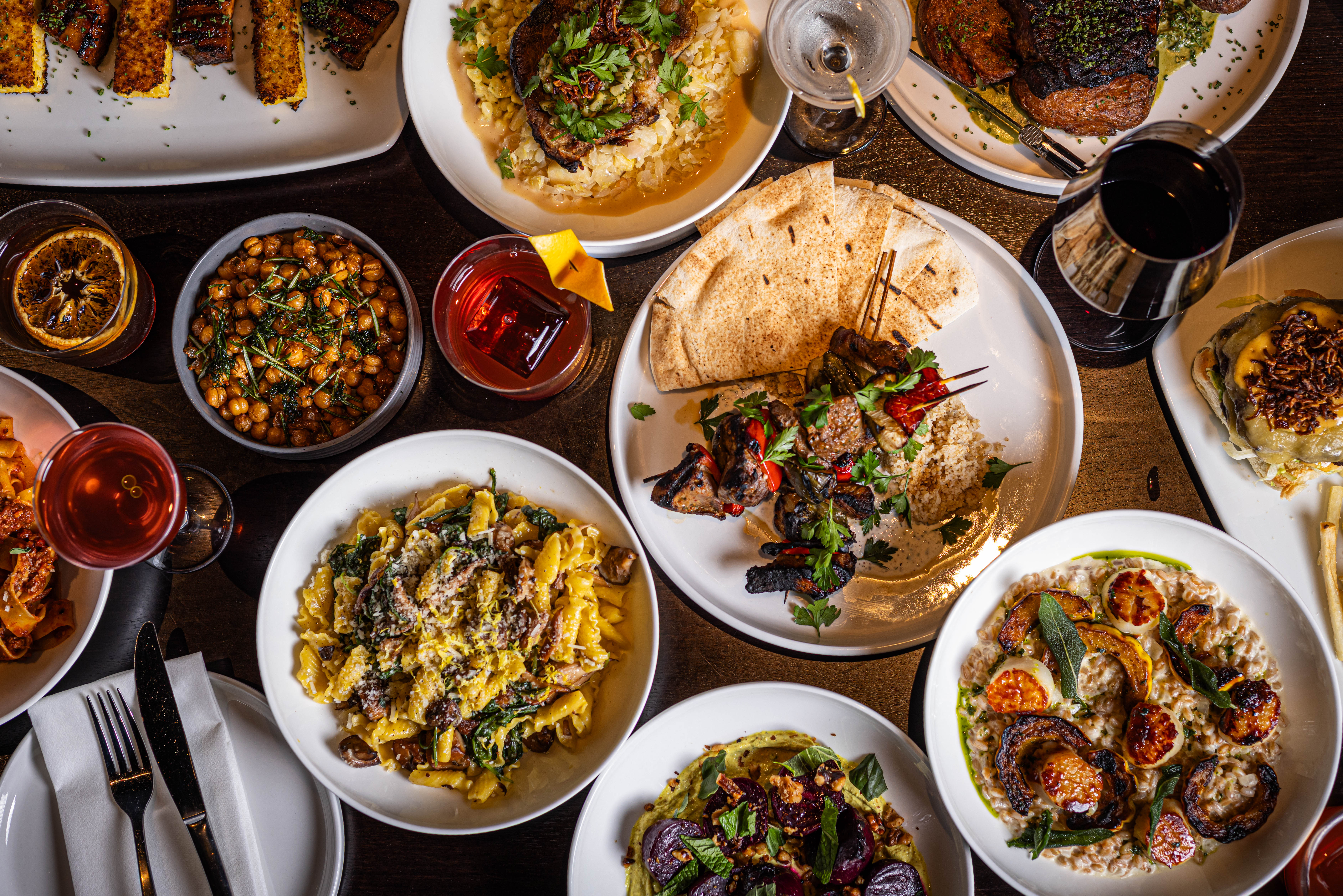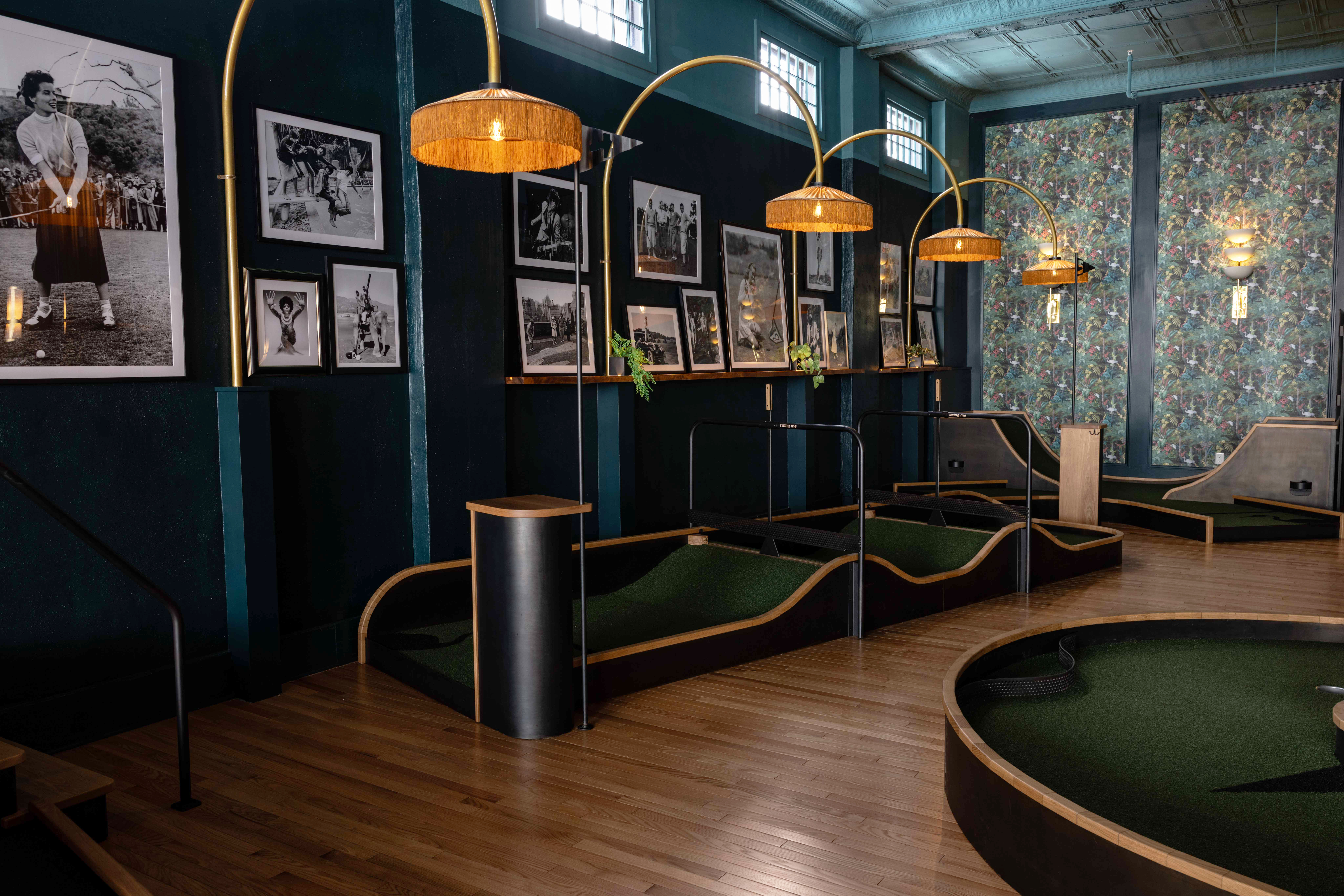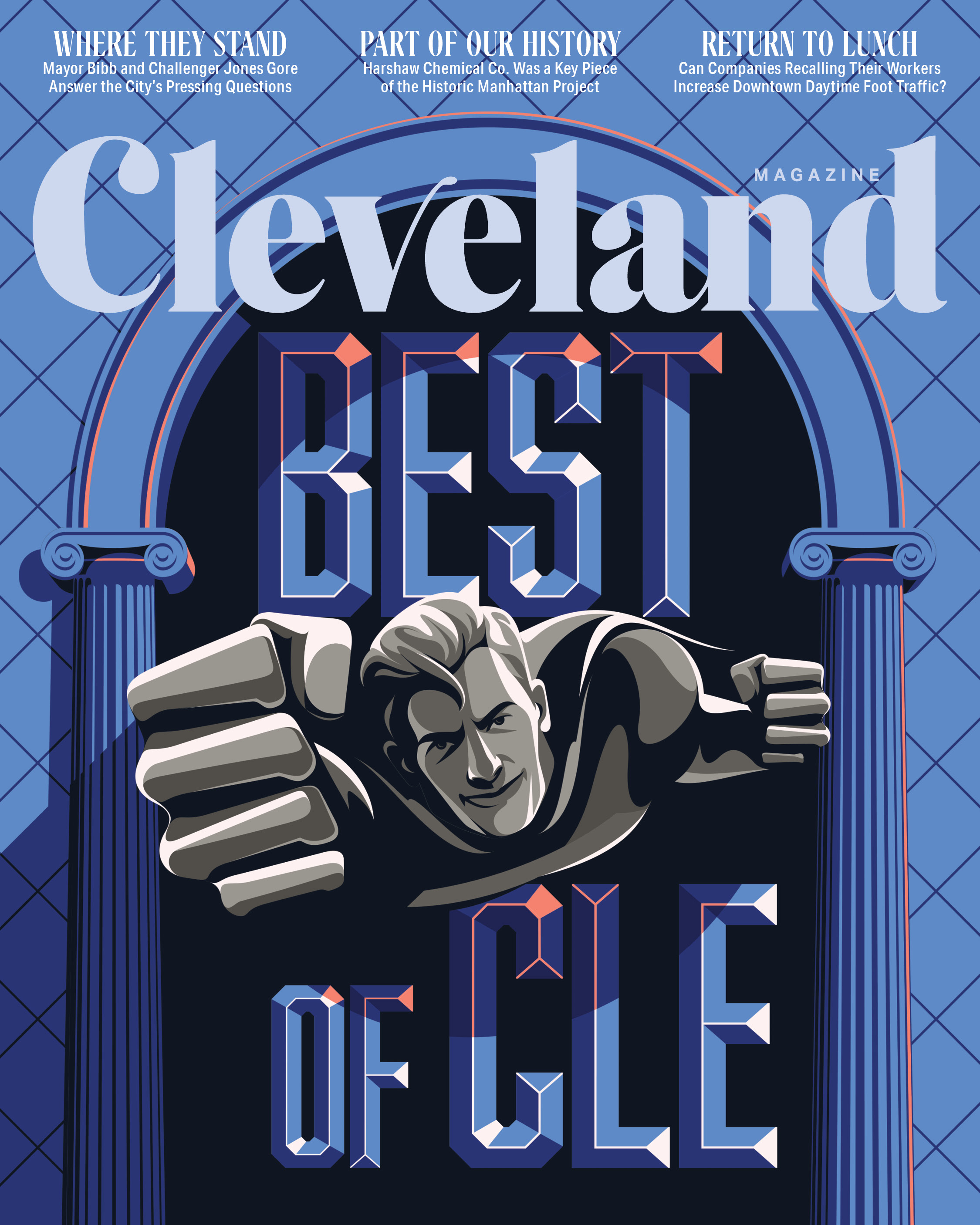Points of Contention
by Marianne Frantz | Feb. 25, 2009 | 5:00 AM
Whether it’s four stars for movies, five diamonds for restaurants or 100 points for wine, we love ratings. Why? Because Americans like to be right.
So whether you know a little or a lot about wine, selecting a bottle that scores big with the critics can’t be wrong, right?
These coveted ratings are so powerful that many wine-lovers will only stock their cellars with wines that receive 88 points or higher. Thinking back to my public school days, that’s making a solid B unacceptable. Talk about grading on a tough curve!
While critics’ points may help the special-occasion shopper select a quality wine, savvy buyers should be aware of the rating system’s major pitfall before falling under their spell: Just because a wine receives 95 points doesn’t mean that you are going to like it.
Here’s why: Everyone has different taste buds and a different tolerance to sugar, acid, alcohol and tannins (collectively known as the structural components of wine). The idea of placing a numerical value to something that is as subjective and complex as wine is unrealistic.
Can a single number be assigned to flavor and wine enjoyment? Is a 90-point wine really 10 percent more enjoyable than an 80-point wine? And if the critic were asked to sample a wine twice, would the results be exactly the same?
Probably not.
Sample the wine and decide for yourself. If you can assess the quality of a good steak on your plate, you can judge the quality of the wine in your glass.
Uncork a bottle from one of these top-100 rated wines and be your own critic, because when it comes to wine, math is hard.
Marianne Frantz, CWE and founder of the Cleveland Wine School, was joined by Cellar Door Tasting Consultants in selecting and sampling wines for this month’s Cellar Notes.
2007 Sigalas Santorini Barrel, Greece ($29): Made from the Assyrtiko grape, this medium- to light-bodied wine has lots of mineral notes, crisp acidity and a hint of oak. A great starter with lemony aromas that pair well with most seafood dishes or appetizers.
Trending
-
1
-
2
-
3
-
4
-
5





